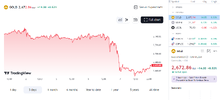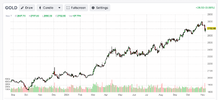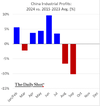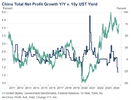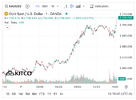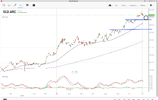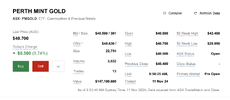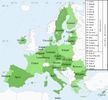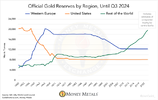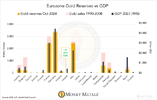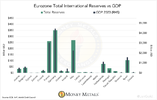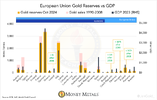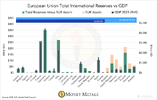greggles
I'll be back!
- Joined
- 28 July 2004
- Posts
- 4,504
- Reactions
- 4,626
I was wrong about the bounce and now I've turned short term bearish. I think we're probably going down another 5% at least as some people and institutions rotate out of precious metals now that Trump has been elected. The $US has bounced on Trumpmania and hopes for a better economy and more geopolitical stability. PMs have suffered since yesterday and I think they will continue to suffer for a while yet before gold and silver eventually bounce back once reality sets in.
I think gold will test US$2,500 soon, and could even go much lower.
I think gold will test US$2,500 soon, and could even go much lower.

